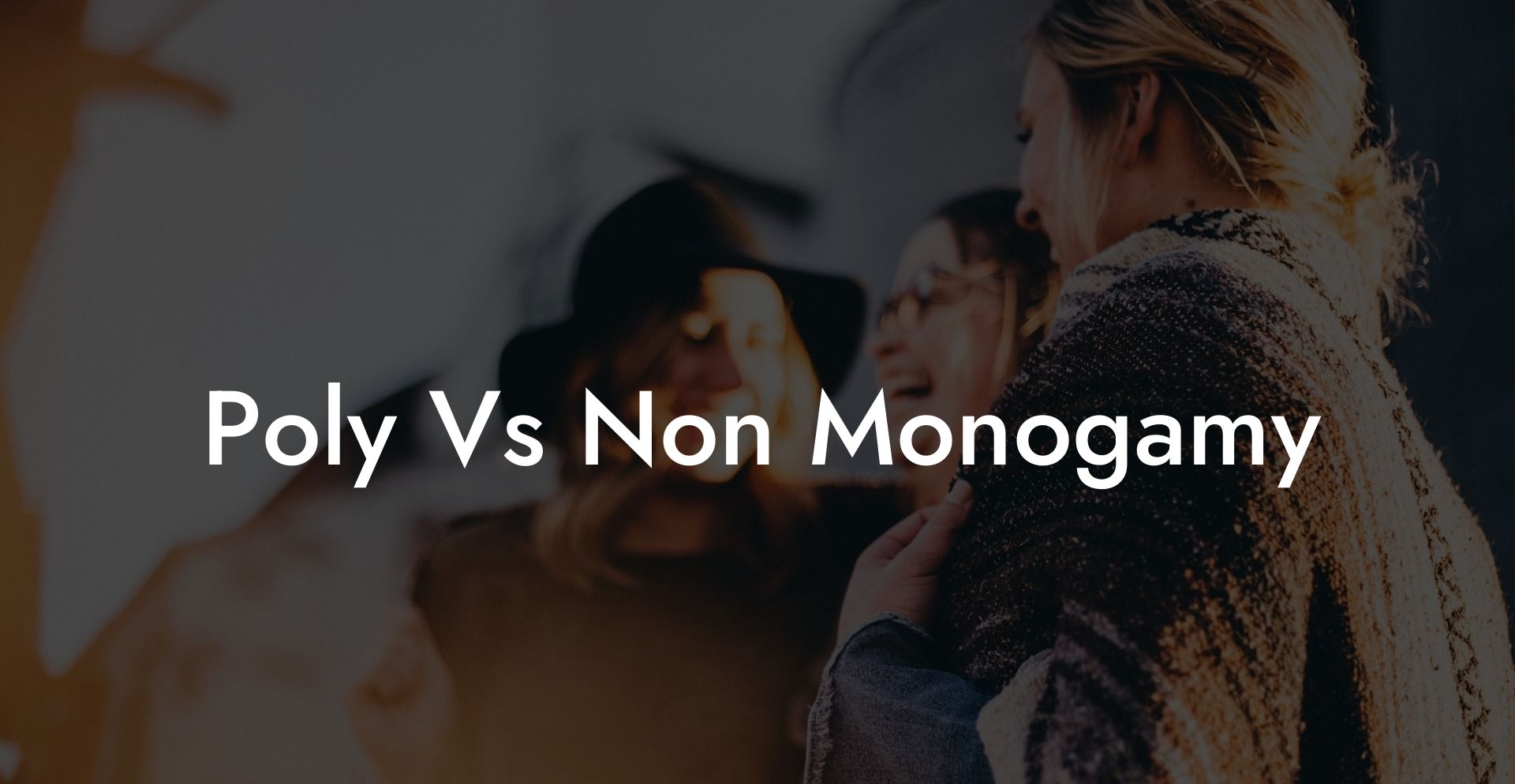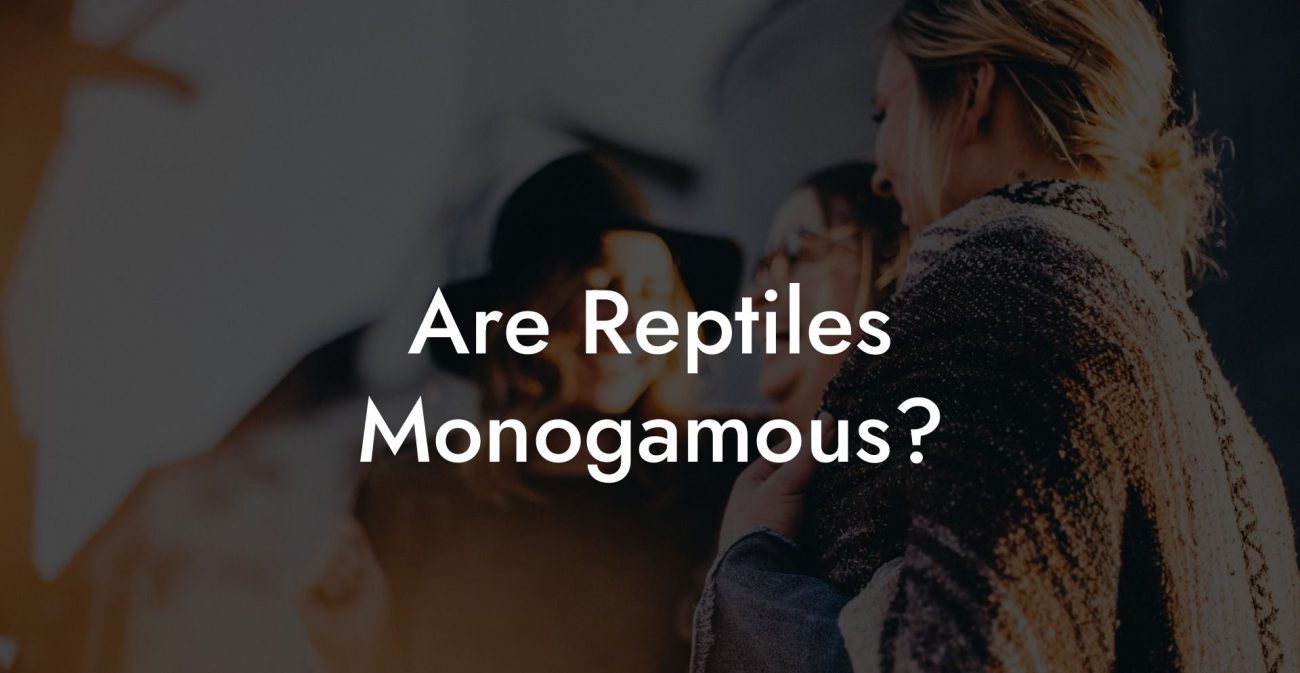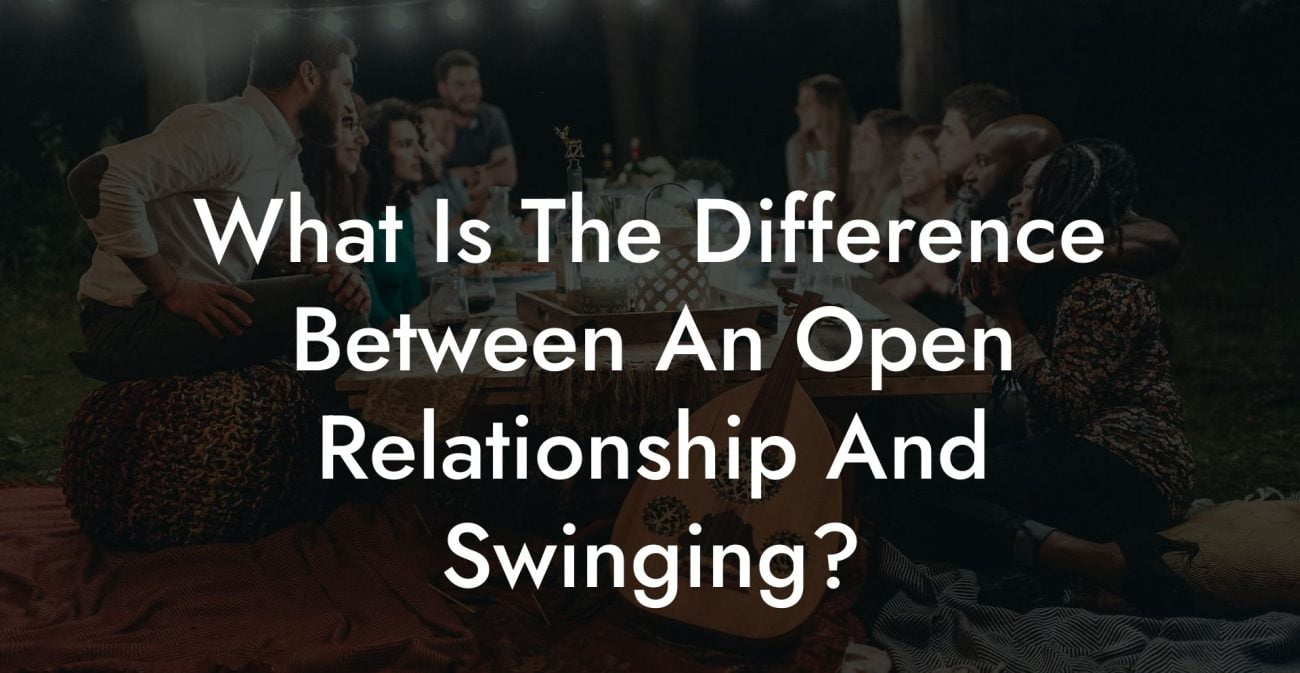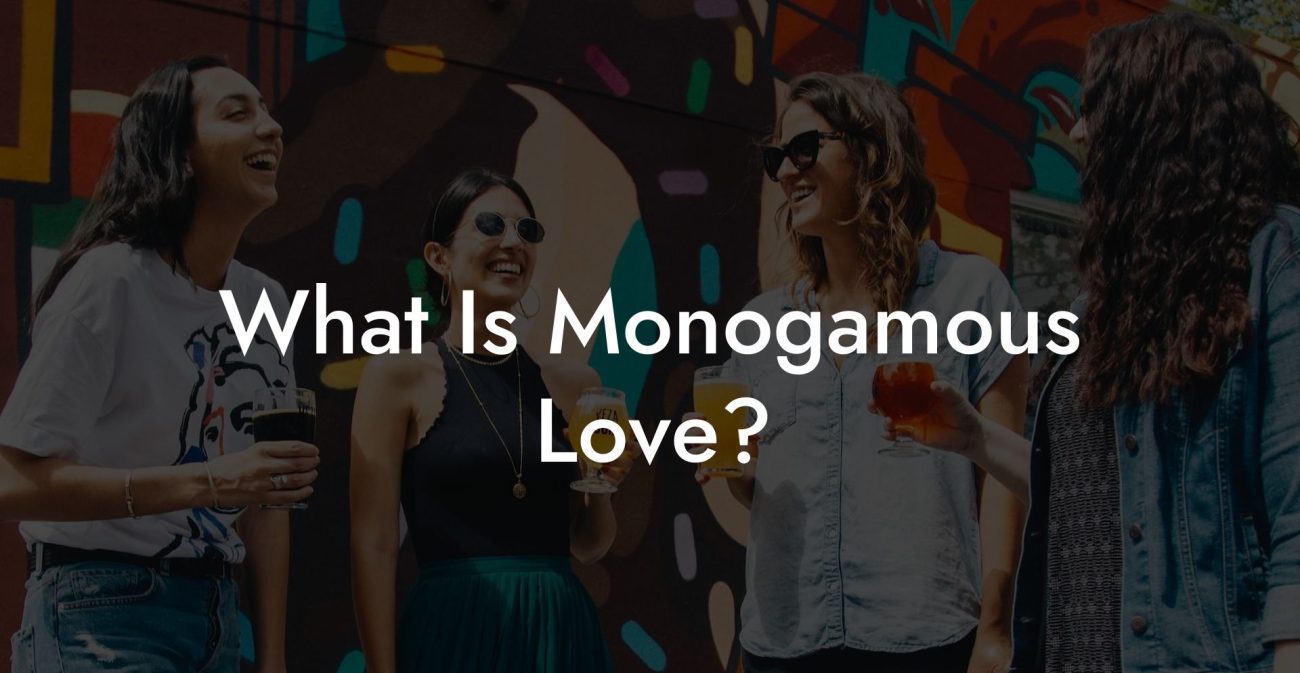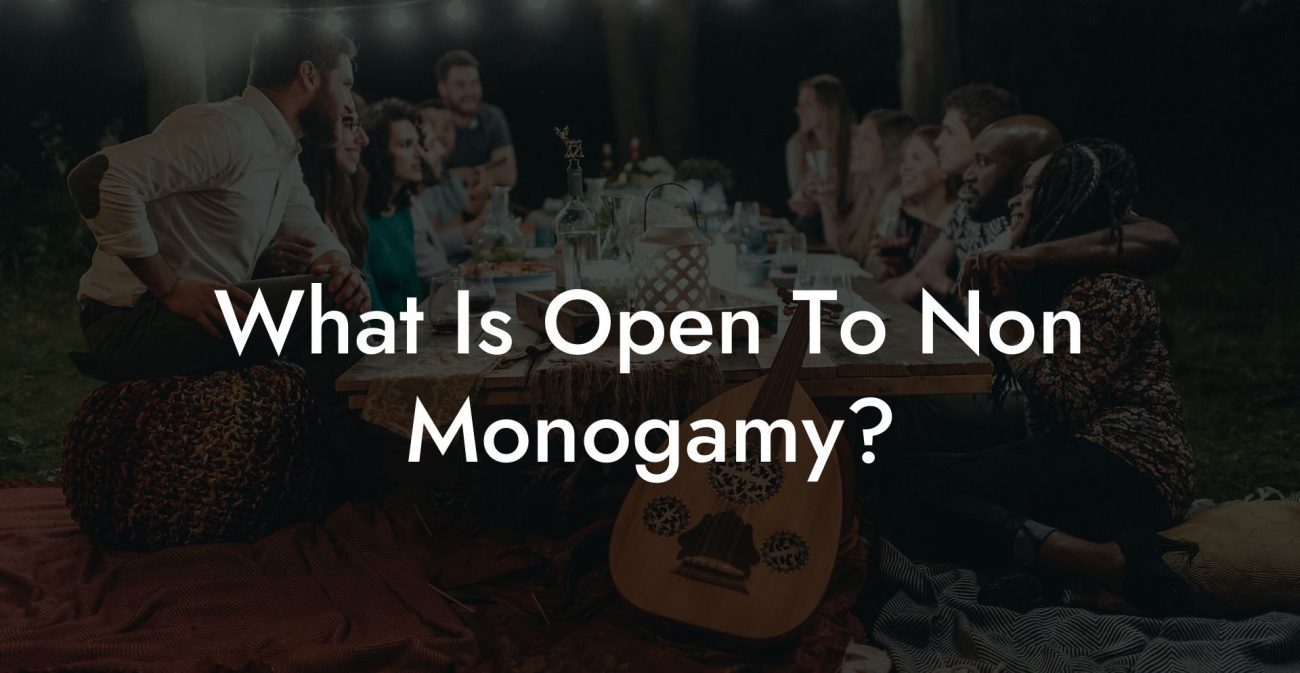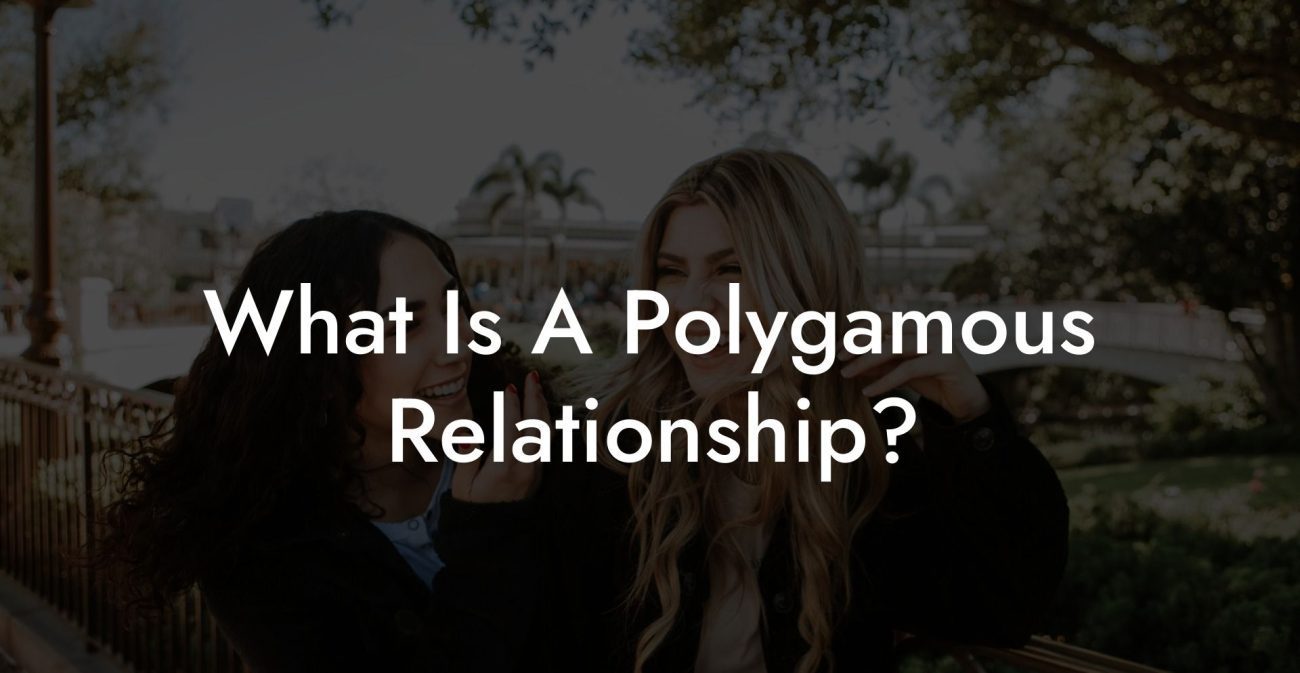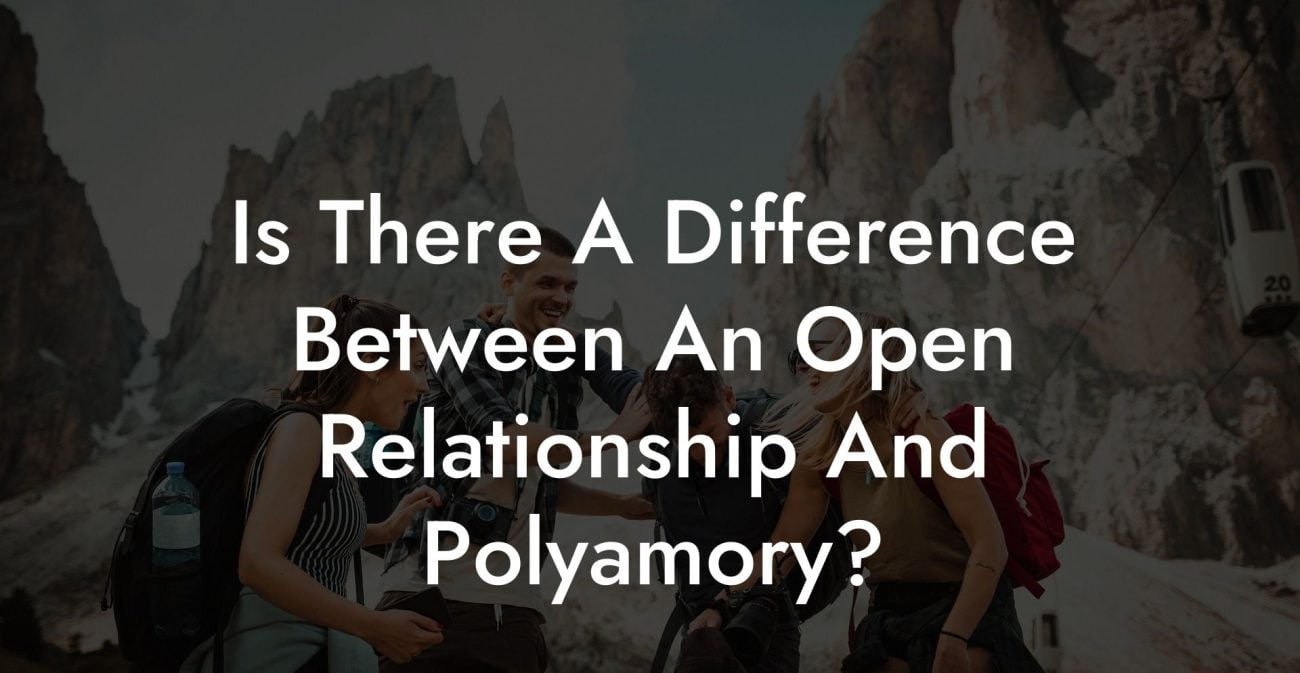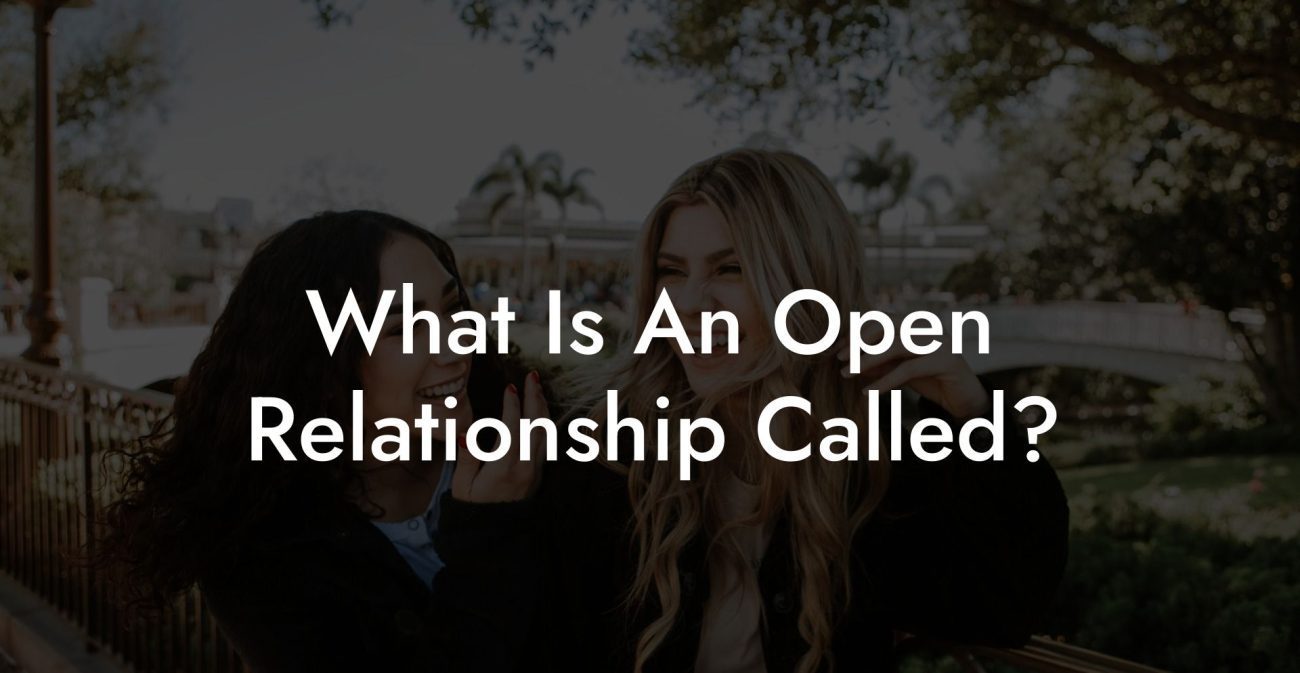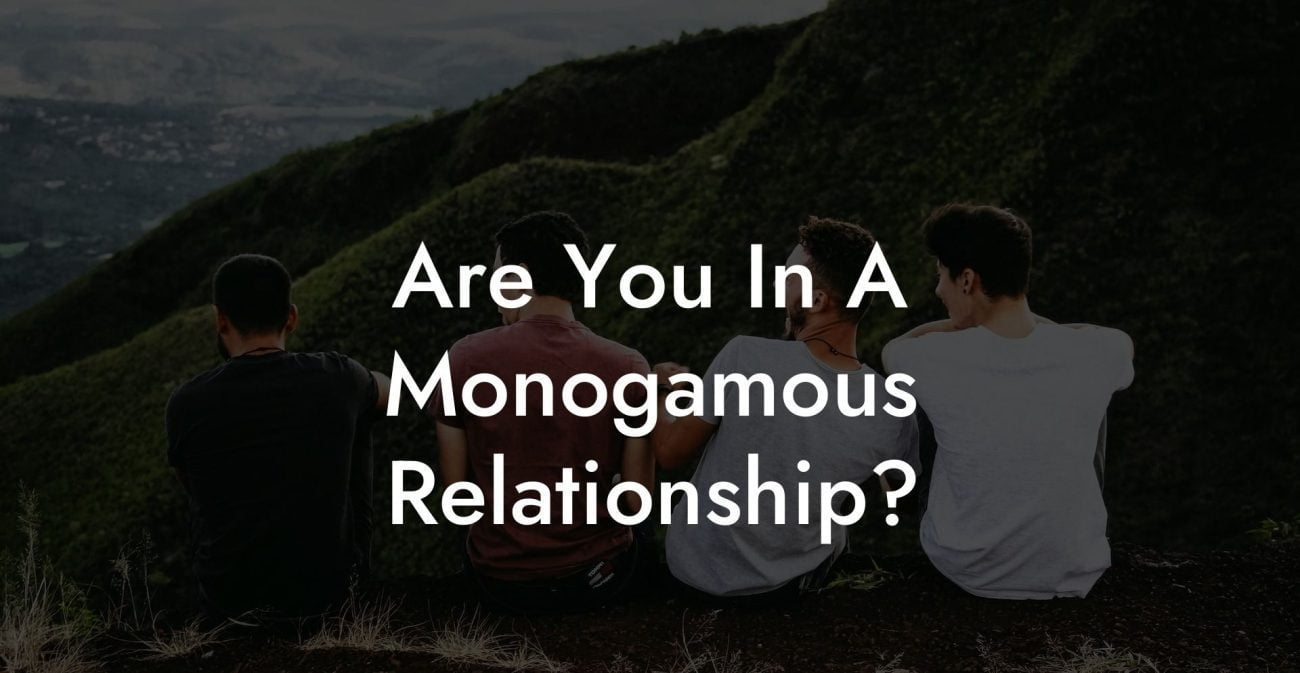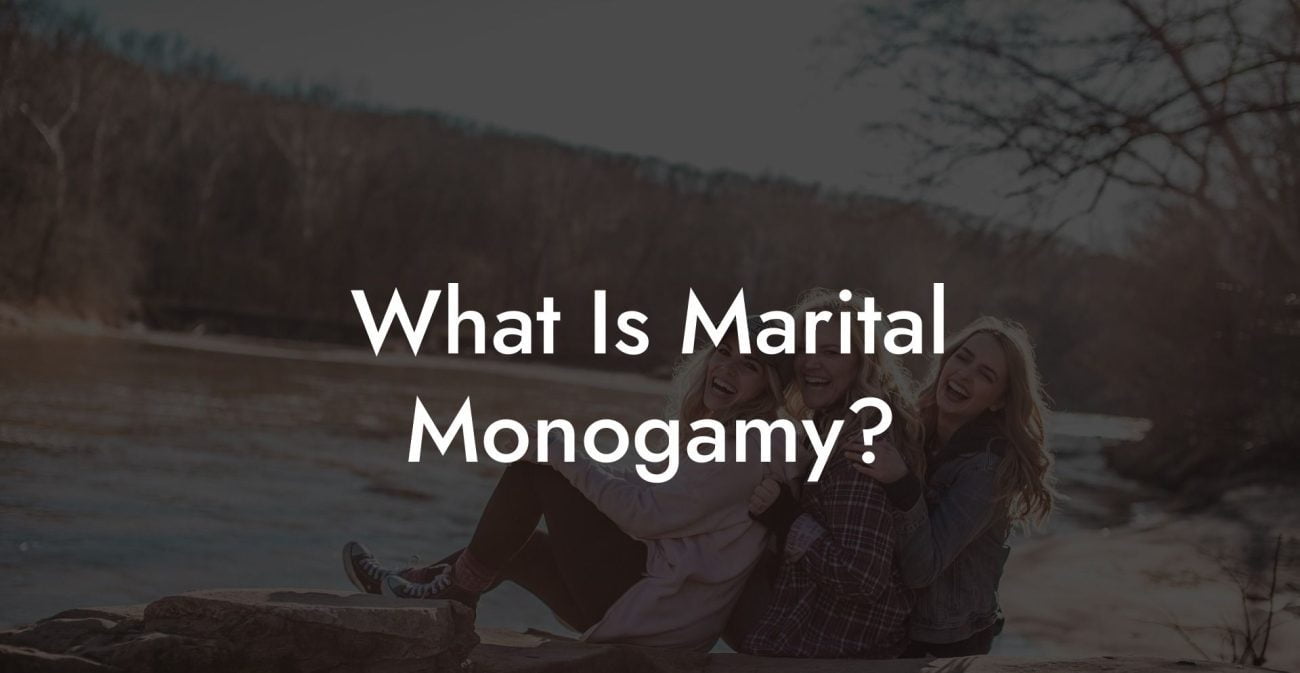Have you ever wondered about the difference between polyamory and non-monogamy? You're not alone! Many people are curious about the different types of relationships that exist outside the traditional monogamous paradigm. In this article, we will explore the nitty-gritty of polyamory and non-monogamy, discuss their unique features and challenges, and help you navigate these often misunderstood relationship styles.
Poly Vs Non Monogamy Table of Contents
Understanding Non-Monogamy
Non-monogamy is an umbrella term that covers various relationship structures that do not adhere to the concept of exclusivity. It simply means that a person has relationships with multiple partners, without limiting themselves to only one partner at a time. There are different types of non-monogamous relationships, including polyamory, open relationships, and swinging.
Polyamory
Polyamory, derived from the Greek and Latin words for "many loves," is a form of ethical non-monogamous relationship wherein all partners are consensually aware of and accepting of other relationships. Emotional connections and the potential for romantic love are often central themes in polyamorous partnerships. Polyamorous relationships can take many forms, including:
- Triads, where three people are romantically involved with each other.
- Quads, where two couples form a larger polyamorous relationship.
- Polycules, a larger network of interconnected relationships.
Open Relationships
Open relationships are a form of non-monogamous relationships where a committed couple consensually agrees to allow each other to have sexual experiences with other partners, without necessarily forming strong emotional bonds. The level of openness and the specific rules governing the relationships vary widely, depending on each couple's preferences.
Swinging
Swinging involves couples participating in sexual activities with other couples or singles, typically at organized events or parties. Although emotional connections can develop in swinging relationships, they primarily focus on sexual exploration and pleasure.
Polyamory Vs. Non-Monogamy: Key Considerations
While polyamory falls under the umbrella of non-monogamy, it's essential to understand that not all non-monogamous relationships are polyamorous.
Emotional Connections
One of the primary differences between polyamory and non-monogamous relationships like open relationships and swinging is the emphasis placed on emotional connections. In polyamorous relationships, emotional bonds and the potential for romantic love are core components, while open relationships and swinging focus primarily on sexual exploration and pleasure.
Relationship Structure
Polyamorous relationships can be more complex and fluid than other non-monogamous arrangements, as they often involve multiple romantic relationships that may overlap or intertwine. In contrast, open relationships and swinging tend to operate within more straightforward parameters defined by the couples involved.
Poly Vs Non Monogamy Example:
Imagine a committed couple, Alex and Sam, who have decided to explore non-monogamy. They could choose to enter an open relationship, allowing each other to have sexual encounters with other partners while maintaining their primary emotional bond. Alternatively, they might decide to explore swinging, attending events or parties together to engage in sexual experiences with other people.
However, if Alex and Sam find themselves developing deep emotional connections and potentially romantic feelings for multiple partners outside their relationship, they may be aligning more with polyamory. They might form a triad with a new partner, joining all three individuals in a loving, consensual relationship.
Polyamory and non-monogamous relationships offer unique opportunities for individuals and couples to explore connections and experiences outside the traditional monogamous mold. It's important to remember that each relationship is unique and requires communication, trust, and transparency to thrive. By understanding the differences between these relationship styles, you can better decide what works best for you and your partners. If you found this article helpful, please share it with others who may also be curious about the world of polyamory and non-monogamy! And don't forget to explore other guides on The Monogamy Experiment for more insights and advice.

